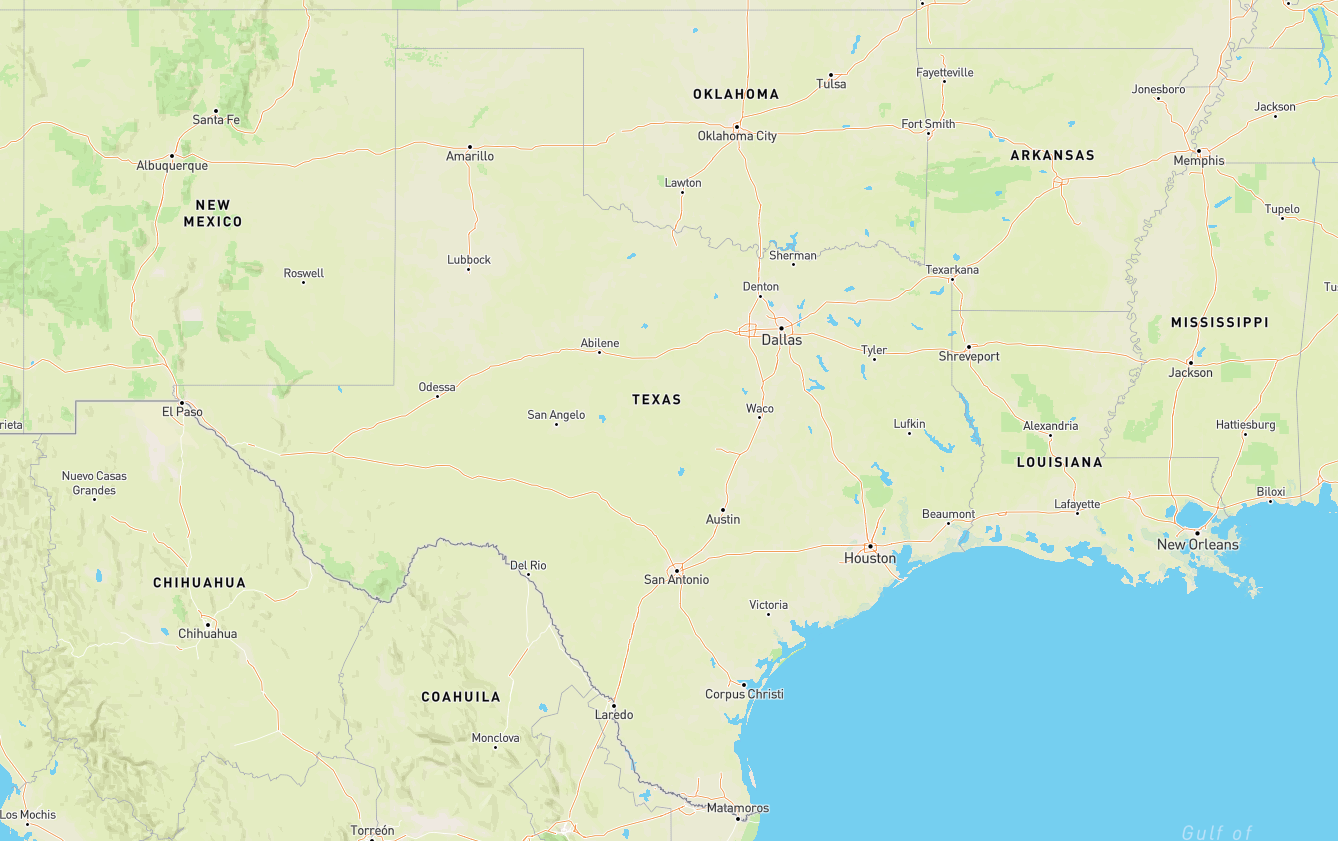
Bass fishing would not be what it is today without the innovators and anglers who have called Texas home.
It couldn’t be more appropriate that Texas is hosting the 2017 GEICO Bassmaster Classic presented by DICK’S Sporting Goods in the 50th year of the Bass Anglers Sportsman Society. From the onset of B.A.S.S., founded on a shoestring budget by Alabama’s Ray Scott in 1967, Texans have been among the organization’s strongest supporters.
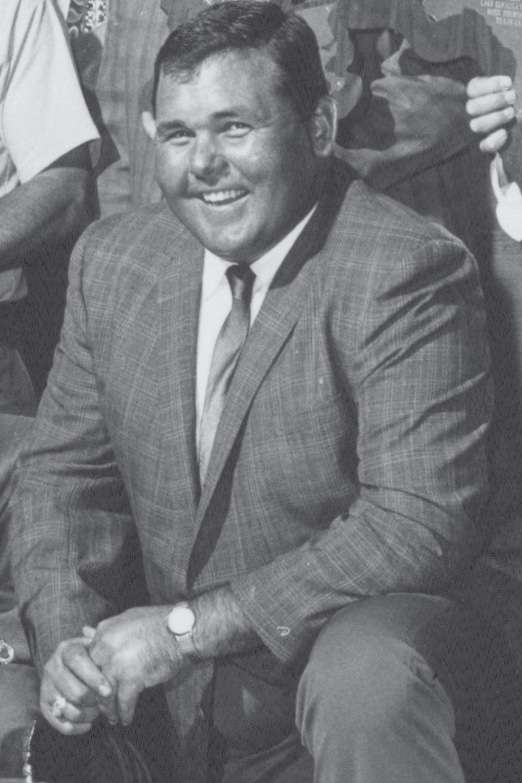
Texan Ray Murski was one of 106 anglers from 13 states who put up a $100 entry fee to compete in Scott’s first event, the All-American Bass Tournament on Beaver Lake, Arkansas, in June 1967. Tennessee angler Stan Sloan received $2,000 and an Acapulco vacation for winning the event.
Murski recruited droves of members for B.A.S.S. from Texas and is among the small group of early B.A.S.S. supporters whom Scott calls “my angels.” The first casting seat in a fishing boat was fashioned by Murski, a metal seat from a hay baler fixed to the top of his 60-horsepower outboard.
When Murski died in a car accident in 2011 at the age of 72, he was chairman of the Strike King Lure Co. He has been inducted into the Professional Bass Fishing Hall of Fame and the Texas Freshwater Fishing Hall of Fame. Bassmaster Magazine named Murski one of the 35 icons of bass fishing.
Eliciting new members for B.A.S.S. may have been one of Murski’s easiest undertakings. According to four-time Bassmaster Classic champion Rick Clunn, Texans were already hot for bass tournament fishing when Scott formed B.A.S.S.
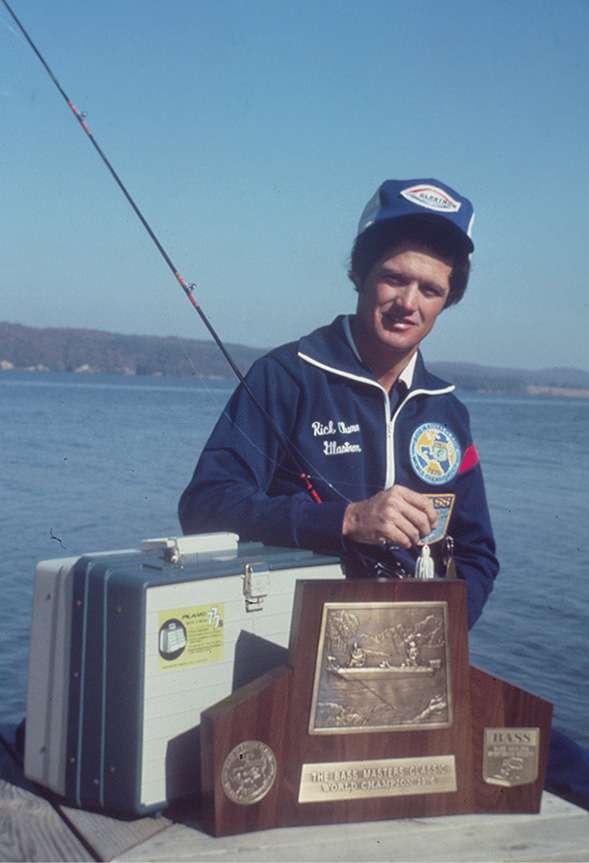
“Texas was and still is one of the greatest bass angler creators,” Clunn said. “[Texas has] had more anglers competing at a high level — since Earl Golding started the Texas State Tournament somewhere during the mid-’60s — than most of the other states combined. They would draw over 1,000 contestants even back then.”
Lone Star B.A.S.S. Pros
Of the 500,000-plus members of B.A.S.S. worldwide, nearly 45,000 reside in Texas, more than in any other state. Clunn, who lived in Texas for 50 years, competed in his first B.A.S.S. event in 1974, a Texas Invitational at Sam Rayburn. Entry fees were low then, and so were the payouts. Clunn pocketed $275 for finishing 24th.
Clunn went on to compete in 427 Bassmaster tournaments, qualify for 32 Bassmaster Classics (more than any other angler) and pocket $2,409,676.53. At age 70, Clunn still competes on the Bassmaster Elite Series tour at a high level, winning his 15th Bassmaster tournament in March 2016 on Florida’s St. Johns River.
Sadly, Clunn failed to qualify for the 2017 Classic at Lake Conroe, which is an enormous disappointment for bass fans everywhere. Clunn was a fishing guide on Conroe from 1975 through 1989. It would have been a homecoming for him on two levels, returning to Conroe and to the Classic for the first time since 2009. Had Clunn weighed in at the Conroe Classic in Houston’s Minute Maid Park, the applause would have been overwhelming. A truckload of tissues would have been needed to dry countless teary eyes.
Other anglers who reside in or resided in Texas when they won the Bassmaster Classic include Tommy Martin (1974), Bo Dowden (1980), Larry Nixon (1983), Jay Yelas (2002), Takahiro Omori (2004) and Alton Jones (2008). Nixon and Martin were once ringleaders of the “Hemphill Gang,” which consisted of bass guides and tournament anglers who lived in or near this Texas town ensconced between Toledo Bend and Sam Rayburn reservoirs. Nixon, 66, and Martin, 76, still compete in professional bass tournaments.
Keith Combs, Todd Faircloth, Alton Jones Sr., Alton Jones Jr. and Takahiro Omori constitute the strong contingent of Texas anglers who will be fishing the Conroe Classic.
Lone Star Bass Baits
Texans have had a substantial influence on the evolution of bass lures, dating back to the greatest bass bait of all time, the Texas rigged worm. The impetus for the Texas rig was the impoundment of east Texas reservoirs in the 1950s that flooded woodlands. The trees provide superb cover for bass and a snagging nightmare for bass anglers.
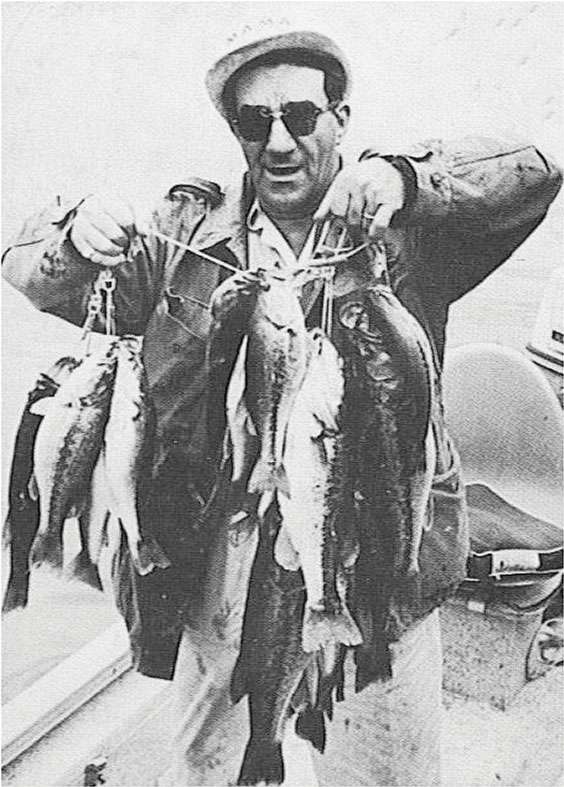
Nick Creme invented the plastic worm in Akron, Ohio, in 1949. He brought his Creme Lure Co. to Tyler, Texas, 10 years later. It is likely that a forgotten angler who fished 2,200-acre Tyler West Lake invented the first Texas rig, says Wayne Kent, CEO of the Creme Lure Co.
That ingenious bass angler made the plastic worm snag free by burying the hook’s barb in the belly of the bait. He also created a bullet sinker by drilling a hole through the center of a bell sinker. Bass that lounged in trees and brush would never again be safe from bass fishermen.
Tennessean Bill Dance, the first bass fishing superstar, did much to popularize the Texas rig. He caught the first bass of Scott’s maiden Bassmaster tournament at Beaver Lake on a Texas rigged blue Fliptail Worm only one minute after blastoff. Dance finished second.
Stan Sloan won the event with the Bomber Spin, a stickbait made by the Bomber Lure Co. in Gainesville, Texas, which was founded in 1944. Bomber also made one of the earliest deep-diving crankbaits, appropriately named the Bomber. It featured a metal lip and a wooden body. The company would later introduce two legendary plastic crankbaits, the Bomber 6A and 7A, before being purchased by Pradco of Fort Smith, Ark., in 1988.
Another of the earliest deep crankbaits, Whopper Stopper’s Hellbender, also had a metal lip and a wooden body. No doubt Alabamian Bob Hamilton was cranking a Hellbender during Scott’s first Bassmaster tournament. Prior to that event, Hamilton had already used the Hellbender to catch an 8-pound spotted bass in Alabama, which was then the world record.
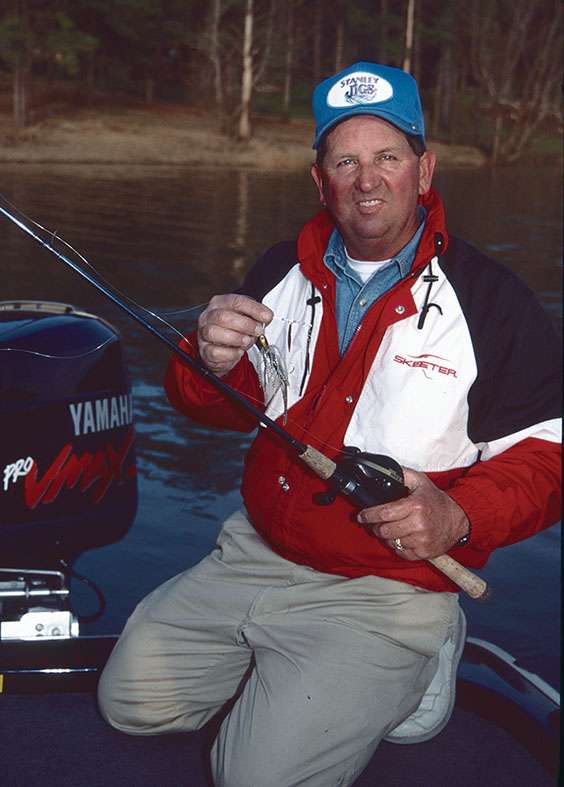
The rubber-skirted, fiberguard bass jig wasn’t invented by Texan Lonnie Stanley. However, this two-time Bassmaster tournament winner and five-time Classic qualifier helped to make the jig an essential lure for every bass angler. The bass jig has two significant advantages: It penetrates dense cover without snagging, and it consistently catches big bass.
Stanley believed the early jigs had the wrong shape and balance to slither through wood and grass cover with minimal snagging. He also wasn’t pleased with the weedguard material and the paint found on other jigs. He devised a jig to his liking and it became his namesake, the Stanley Jig. His Stanley Jig Co., founded in 1980, later introduced the Vibra Shaft spinnerbait, the Wedge Blade and many other hard and soft plastic lures that continue to be popular with today’s bass anglers.
Other Texas-based tackle companies also make cutting-edge lures for bass anglers, including Lake Fork Trophy Lures. Its 5-inch, 1 1/3-ounce LFT Flutter Spoon made a big splash several years ago when Elite Series pro Kelly Jordon of Texas quickly boated huge limits of bass during a tournament at Kentucky Lake. When the tournament aired on TV, the Flutter Spoon was no longer Jordon’s secret weapon for catching jumbo bass from offshore structure.
Livingston Lures in San Antonio is making waves with its extensive line of hard baits that emit electronic baitfish sounds that encourage bass to bite. The most famous of these is the Howeller Dream Master Classic crankbait that helped Randy Howell win the 2014 Bassmaster Classic at Lake Guntersville.
It is quite possible that the 2017 Classic could be won on lures made in Texas. Whatever lures catch the winning bass, the Conroe Classic is more than the world championship of bass fishing. It is also a celebration of the sport we cherish.
Lone Star Bass Boats
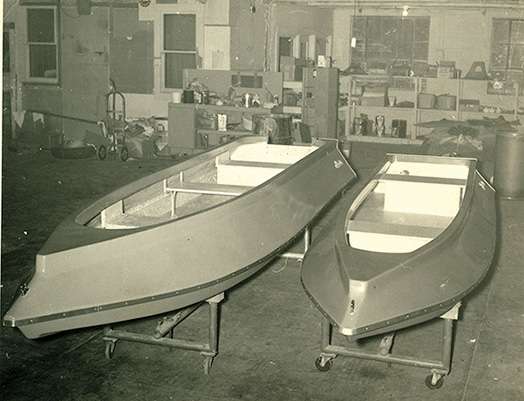
The original Skeeter bass boat was built in 1948 in the east Texas town of Marshall by Holmes Thurman. The marine-plywood, flat-bottom, 13-foot boat featured a needle-shaped nose, which prompted its name. With its pointy nose and shallow draft, the original Skeeter was ideally suited for maneuvering through the flooded forests that were prominent in many young east Texas impoundments.
The Skeeter plant moved to a bigger operation in Longview, Texas, in 1961. Skeeter was one of the first boat manufacturers to use fiberglass. Its 15-foot Super Skeeter and Skeeter Magnum fiberglass boats were built with stick steering. During the mid-’60s, it introduced a series of tri-hulls.
A growing demand for Skeeter boats prompted the company to expand operations to its current site in Kilgore, Texas. In 1975, it introduced the Wrangler, the first V-bottom fiberglass bass boat. It could handle the new 150-horsepower outboards on the market and rocket over the water at the breathtaking speed of 60 mph.
Skeeter continues to be an innovator. It has many loyal customers and is an official premier boat sponsor of all B.A.S.S. circuits.

